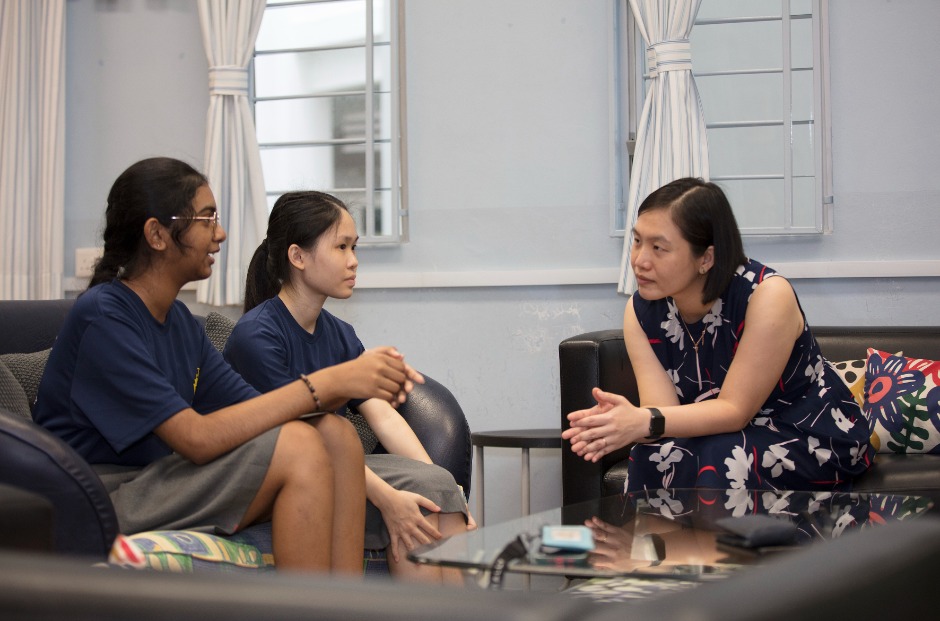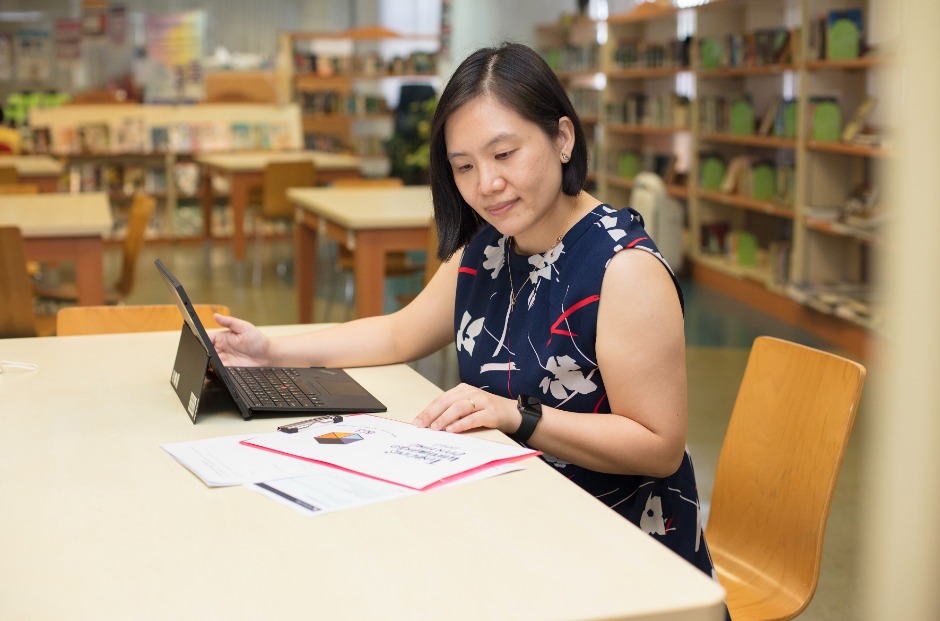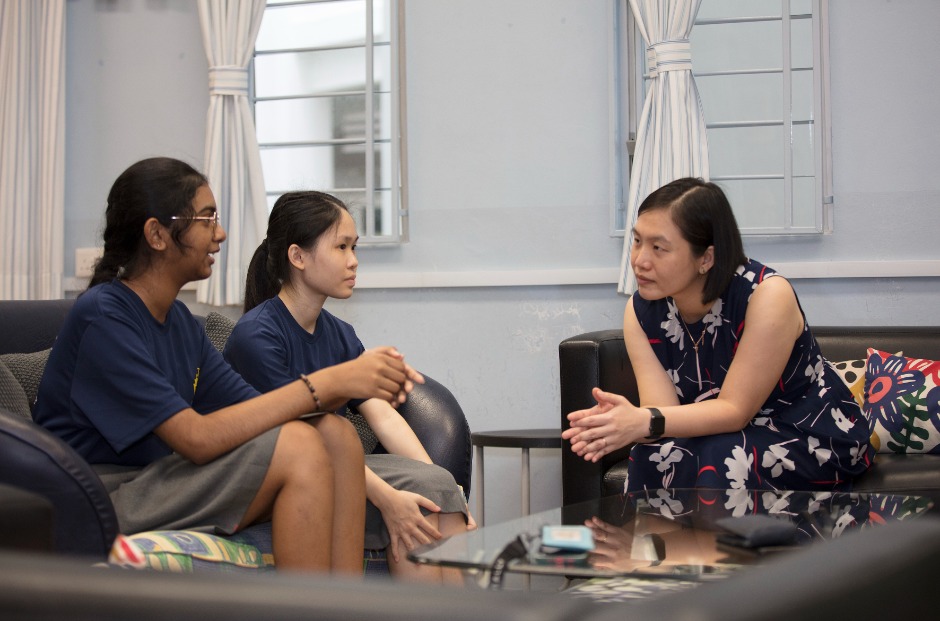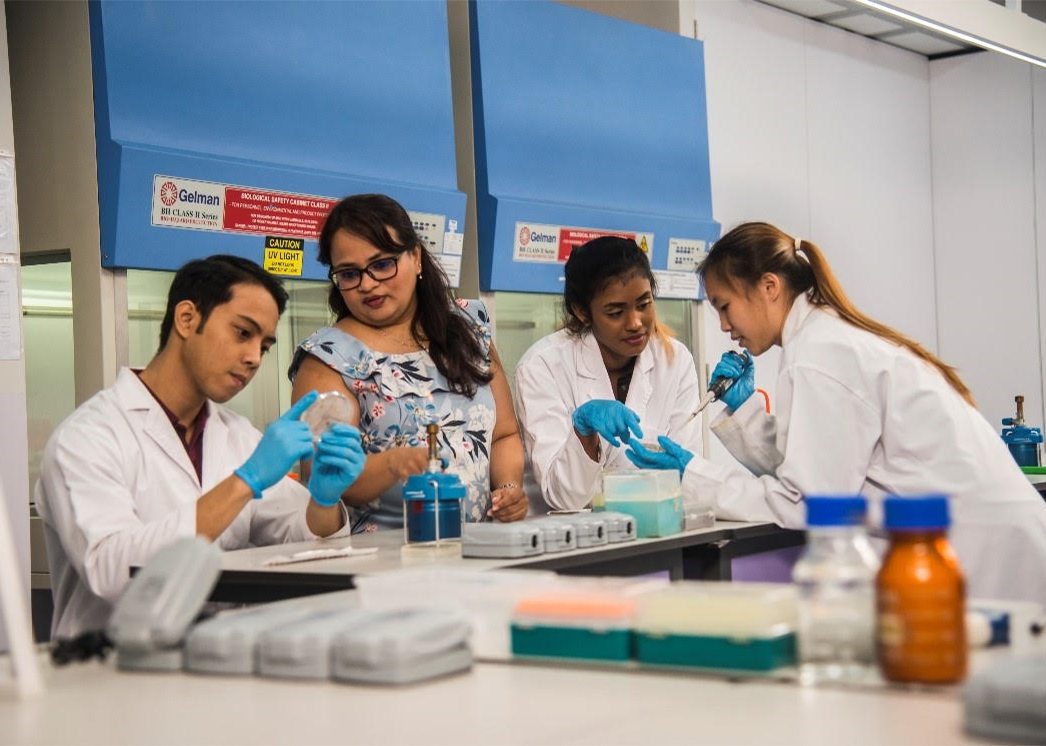Ms Wong Hei Man, Peirce Secondary School, Outstanding Youth in Education Award 2022 Finalist
Tell us a story that captures the kind of teacher you are.
This was the first of many incidents in my career that convinced me that role-modelling vulnerability creates a psychologically safe space for students to grow.
Kenny* kept provoking his classmates that day, and would not stop even after I corrected him several times during the lesson. Near the end of the class, I called him out for a corridor chat. Kenny was no stranger to these check-ins with teachers, due to his frequently disruptive behaviour in and out of school.
During our chat, he admitted to his bad behaviour but was also angry at my tone and choice of words with him. “I have feelings too!” he exclaimed. I was a new teacher then, but with my school’s training on Restorative Practice, I knew that our teacher-student relationship was affected by the embarrassment he felt and needed repair. Hard as it was, I opened up by sharing my feelings of frustration and apologised to him as my statements were harsh and not objective enough. When Kenny witnessed my show of vulnerability, his attitude changed. In subsequent classes, he was respectful and at times, I heard him requesting his classmates to consider the feelings of others.
Vulnerability in a safe and caring environment is where growth can take place. Because of incidents such as this one with Kenny, I advocate for emotional literacy and safe spaces for connection in school through regular sharing sessions with my team of CCE and form teachers. My own teachers had modelled them for me in the past, and I have seen how having the language and space for talking about emotions are critical for growth in both adults and youths. A safe space can look as simple as a student feeling free to step up to a teacher and say, “Ms Wong, can I talk to you about something?”
*Not his real name
“Vulnerability in a safe and caring environment is where growth can take place.”
 Creating safe spaces for connection in school.
Creating safe spaces for connection in school.
Describe a teaching method or tool you have found effective
In response to the pandemic, building self-awareness of one’s emotions and mental health was paramount. Hence, during the early Home-Based Learning (HBL) days, I designed an online form with our Student Development Team (SDT) which the students use to reflect their level of well-being to us. Apart from collecting logistical data such as body temperature, it provided a channel for open sharing. Using guiding words and sentence starters, students could build their language for emotional agility and resilience as learned in Character and Citizenship Education lessons. The forms gave us a good glimpse into their collective and individual concerns, worries and current interests. As a result, we have seen our students grow more articulate in the past two years about their emotions and interests, and also appear more connected to significant adults in school. After a recent round of form submissions, which we hold once every three weeks, a student was so appreciative when I supported his voiced passion to work on his yoyo skills. At another level, a conflict between two friends was shared with and mediated by their form teachers.
 Designing an online form for students to communicate about their well-being.
Designing an online form for students to communicate about their well-being.
In another exercise with similar learning goals, I introduced the concept of emotional dipsticks to my Science classes. It takes place in two parts. First, students express how confident they feel about the concept post-lesson using a four-point scale, followed by a reflection on how they feel emotionally about the lesson, using sentence starters such as “I enjoyed _____” and “I am worried about ____”. Through this exercise of verbalising their thoughts, students can identify their strengths and gaps, seek support from their peers and take action on their learning issues even before my feedback is given. It bridges both the thinking and feeling part of learning. I also got to see which lesson aspects the students were most curious about, or what was weighing them down, and adjusted my teaching and check-ins on their well-being accordingly.
Which school project or initiative are you especially proud of?
Slogans and acronyms make key thoughts easier to remember and drive the message home in building a sense of purpose and belonging. As an Assistant Year Head, I craft a new and creative theme each year for the level of students I have journeyed with since 2020. The theme lists the values and visions I wish for the students of that level, inspired by feedback gathered from form teachers from the previous year, students, and our annual school surveys.
For example, Sec 2 2021’s theme was TWO, which stood for “Tenacious, Wholehearted and Open-minded”, which were qualities that my colleagues and I wanted to imbue in that cohort. In the following year, when they were in Sec 3, we felt they were ready to step up as leaders and seniors, to BE3 , short for “BRAVING, Explore, Encourage, Empower”. While aligned with our school values, these themes provide the cohort with a sense of direction and belonging – that they are part of something that is unique to only them.
The values behind the themes are reinforced to the students via weekly Year Head Time platforms, where I share how we have been practising these values in school. Students would also come up to me to volunteer their interpretations of the theme – be it through wall decorations for the level or logo design challenges. My teachers and I see the effectiveness of this initiative in how the students show respect and look out for one another, and dare to try new things, because they know there is a community that has their back.





.jpg)
